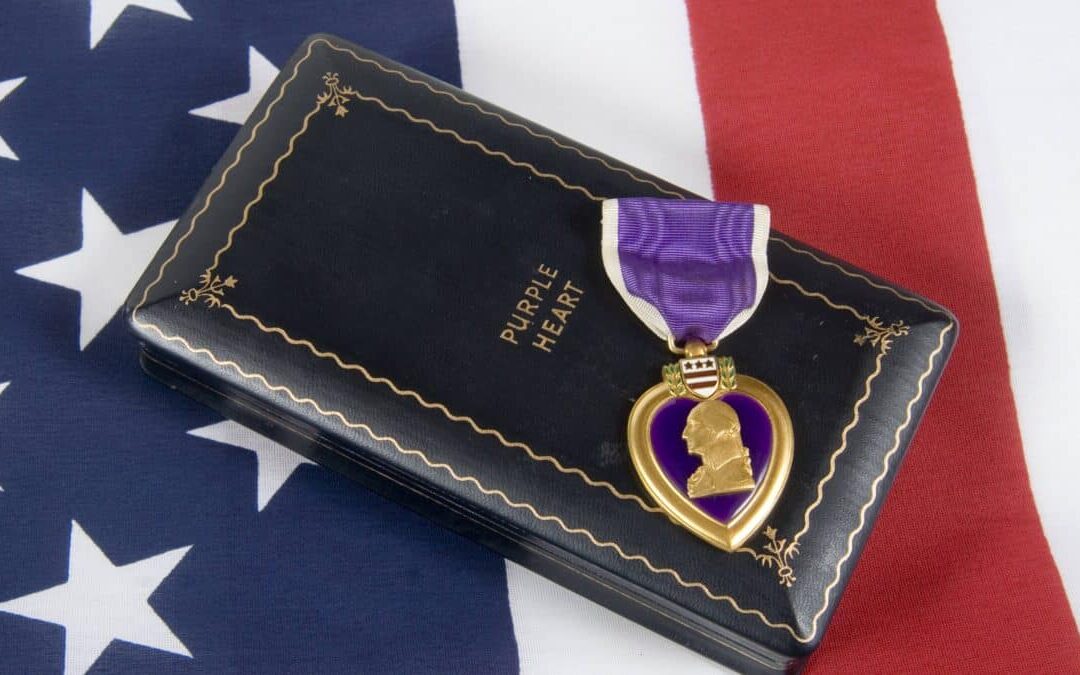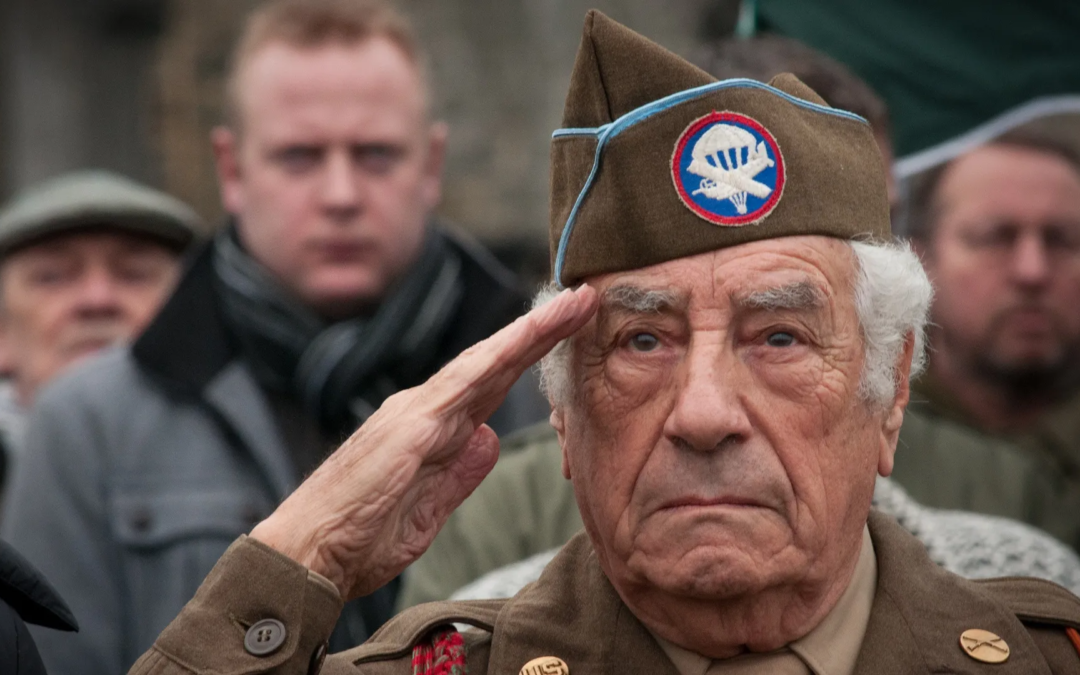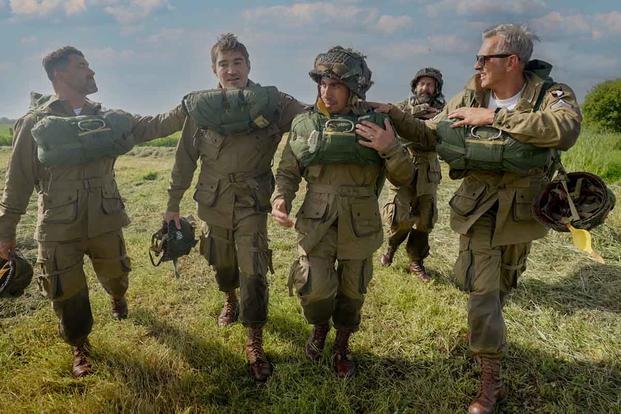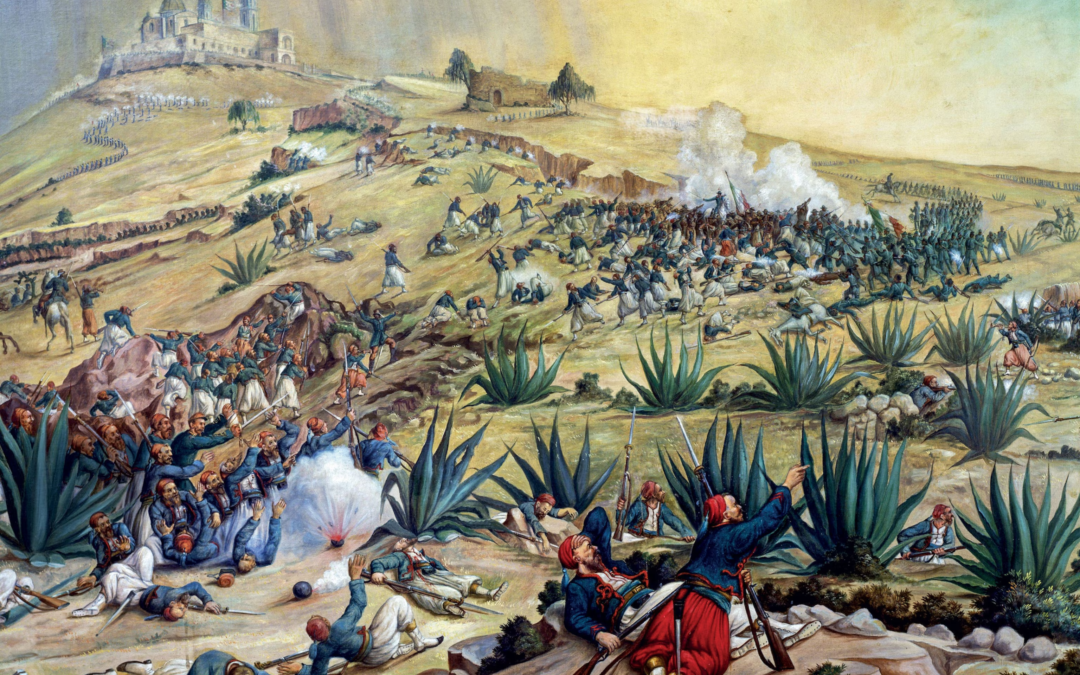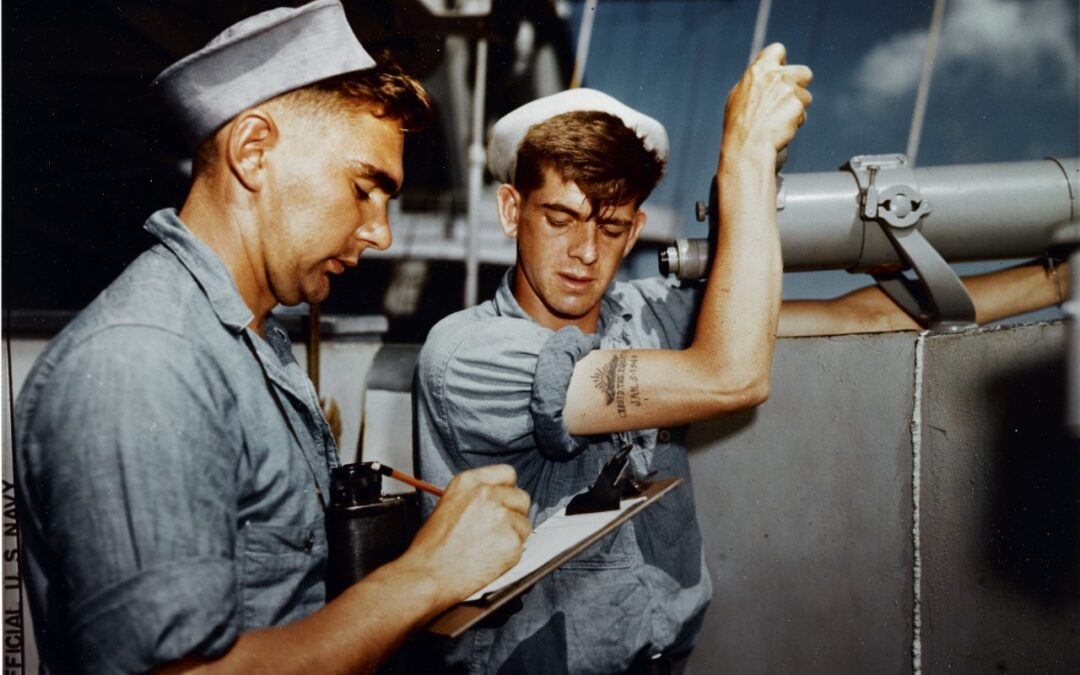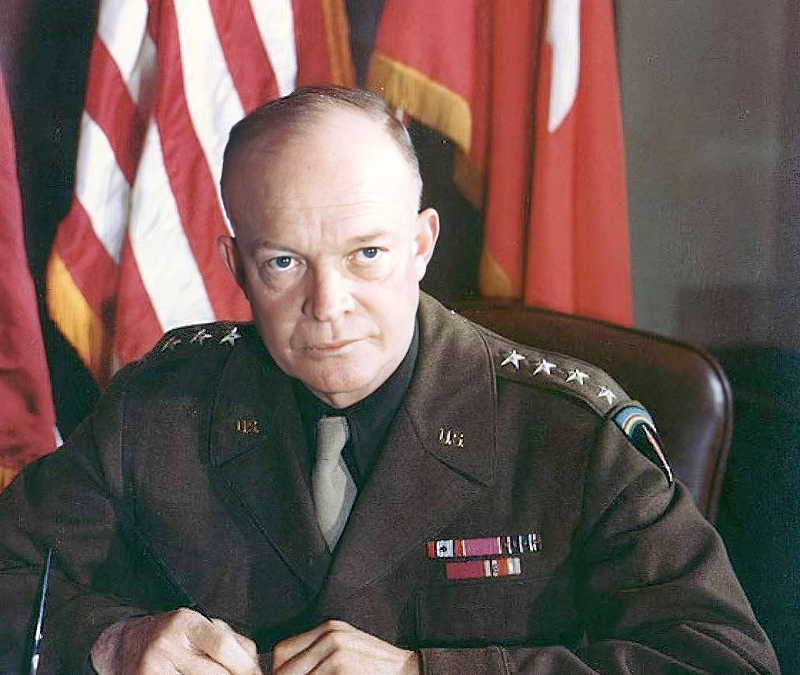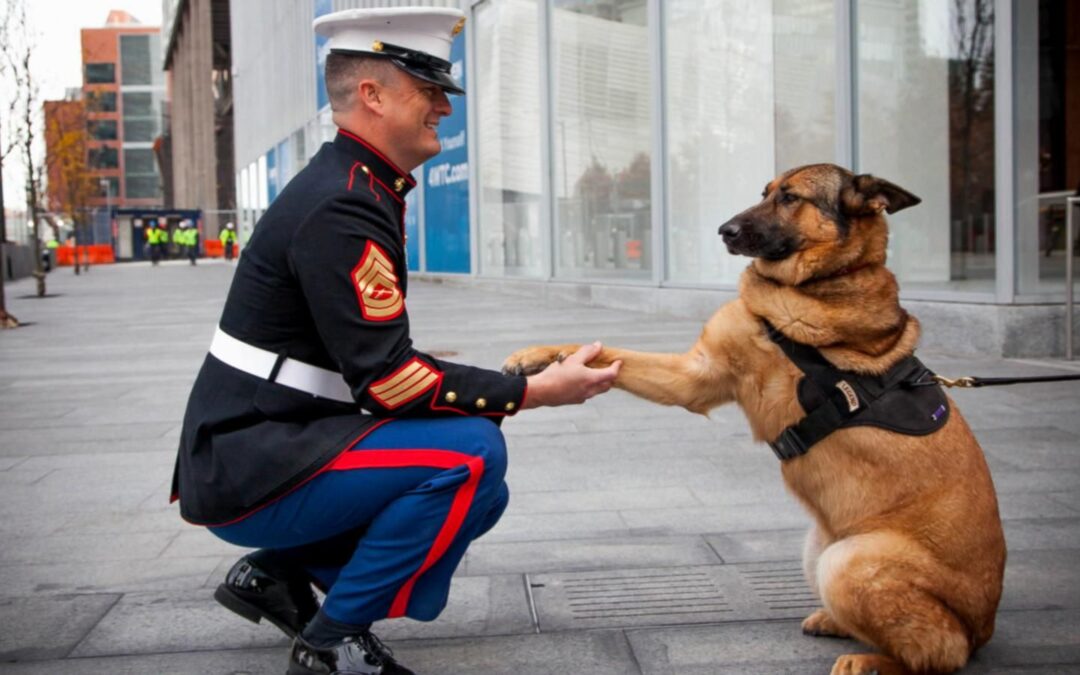Launched in September 1971, the destroyer escort USS Kirk (FF-1087), with a compliment of 18 Officers and 267 Enlisted, sailed the high seas of the Indian Ocean, South America and much of the Pacific Ocean, including the waters off Vietnam. USS Kirk's Unexpected Humanitarian Mission She was a warship in every sense: an efficient, deadly fighting machine with the mission of hunting down, pursuing and destroying her submarine prey. Yet her finest hours were spent tending pregnant women, soothing terrified little children, and saving the lives of tens of thousands. This is the incredible story of a brief episode in the early years of the long life of USS Kirk. Decades of American involvement in South Vietnam came to an end on April 30, 1975 when North Vietnamese troops entered the deserted streets of Saigon on foot, trucks and fighting vehicles. North Vietnamese tanks crashed through the gates of the presidential palace and soldiers hoisted the yellow and red flag of the Viet Cong. USS...

